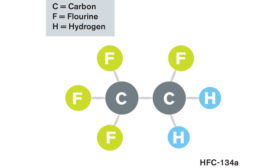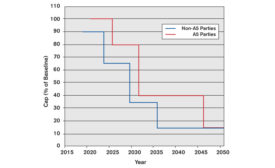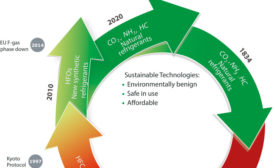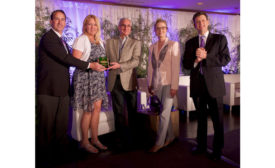Home » Keywords: » Ozone Depletion
Items Tagged with 'Ozone Depletion'
ARTICLES
Make effective use of waste heat to decarbonize facility space and water heating
Read More
What’s Happening With R-134a?
Here are some alternatives to replace the venerable but high-GWP refrigerant
Read More
Surviving Refrigerant Transitions, Part 2
The drive to lower-GWP alternatives will define our landscape for years to come
Read More
Tips for Surviving Refrigerant Transitions, Part 1
A look at how we got to where we are and what the future holds
Read More
A-Gas Americas Adding Second Plasma Arc ODS Destruction Unit
Increased capacity will be applied for developing California carbon offsets
January 4, 2016
Diversified Pure Chem Recognized for Environmental Achievement
Named ‘Project Developer of the Year’ by North American carbon offset registry
August 3, 2015
Copyright ©2025. All Rights Reserved BNP Media.
Design, CMS, Hosting & Web Development :: ePublishing













